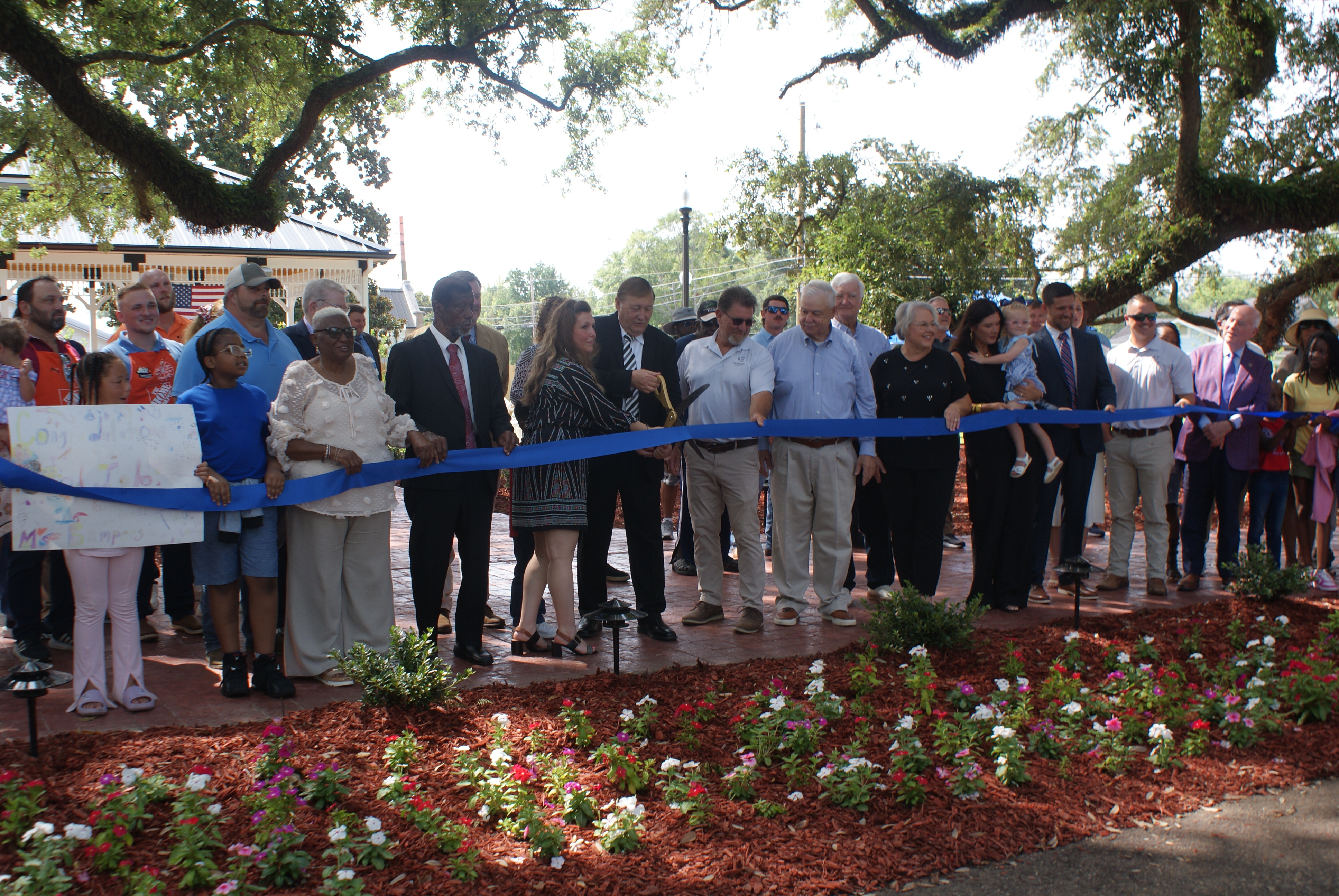More cases of Chinese drywall in Pearl River County
Published 12:00 am Friday, April 10, 2009
Two residents of the county, both who live in Round Rock Subdivision and had their homes built by the same contractor, have found Chinese drywall in their homes.
Steve Mullins, a Gulfport attorney, said he represents homeowners in Pearl River County who have been affected by the presence of Chinese drywall in their homes. Mullins said the allegedly faulty drywall came into the area during a building boom in the aftermath of Hurricane Katrina.
The drywall shortage that ensued after the storm became a national event, and one of the companies that imported the material was Knauf. Knauf is a German company that set up a plant in China to produce drywall, which was sent to the United States, which Mullins said is unusual.
“Usually our building products go there, very rarely does it go the other way around,” Mullins said.
Mullins said after that drywall came to Florida, it was shipped to Louisiana, where companies like 84 Lumber, Baileys and West, carried the drywall unsuspectingly. Most of that drywall was installed in homes during the years following Katrina.
Homeowners can determine if they have the drywall in their homes by looking for corrosion on copper wire, air conditioning coils and climbing into their attics to check the back of the drywall to see if it was made in China. Some people can notice a smell similar to rotten eggs in their home, though Round Rock homeowner Chris Whitfield said that while he has found the drywall in his home, he does not notice that smell.
Mullins said while the defendants in this case say there are no expected adverse health effects associated with the drywall, he thinks the sulfur emitted by the drywall could cause upper respiratory irritation. Mullins said if the residents of a home suspected to have the Chinese drywall are experiencing headaches or an upper respiratory infection, he said it could be because of the drywall.
“You don’t have to be a rocket scientist to realize there’s probably something in the house making you sick,” Mullins said.
County resident Debbie Mailhes said she has a home with the Chinese drywall and is suffering from respiratory problems, but can not associate the health problem with the presence of the drywall.
Damage to the home’s copper and aluminum components is associated with the presence of the Chinese drywall. Possible damage to the home’s copper wiring could lead to a fire, if a short were to occur, Mullins said. Fixing the problems in an affected home would most likely involve removing all of the drywall and replacing the affected metal components.
In the mean time, affected residents should not overreact and wait to see what legal action will take place, if any.
“Nothing’s going to be done quickly about this,” Mullins said.
Finding reimbursement for the damage to the home may be problematic. Mullins said there are foreign sovereignty immunities that could hinder compensation from the overseas companies. A possibility for some reimbursement includes insurance coverage, either from the homeowner or the builder.
Both Mailhes and Whitfield bought their homes in Round Rock Subdivision in 2006, and both were built by a developer called Holliman and O’Neal, they said. Both have had to replace air conditioning components and Mailhes said everything in her fuse box has black corrosion on the exposed wires. Whitfield said he has been through three televisions, two computers and a washing machine. At first he thought they were all electrical failures, but now he thinks the drywall may have something to do with it. After seeing the news reports on the Chinese drywall, he investigated his own home and found that it contained the same drywall mentioned in the news.
Mailhes said she lives in Phase III of the subdivision, while Whitfield said he lives in Phase I. Mailhes said that Holliman and O’Neal built most, if not all, the homes in Phase III.
Both wonder about the future of their homes, and whether they will stay in them very long.
“I wonder what’s going to come of us,” Mailhes said. “Me, I don’t know where I’m going. I got to get out.”
Mailhes is fortunate that her home is paid for and that her father said he plans to buy her a new home, but Whitfield said he has a mortgage to pay. For him to make repairs on his home would involve him having to pay his mortgage along with what ever bills would be associated with their temporary home and the repairs.
“There’s no way I have $50,000 to $60,000 to put that house back together,” Whitfield said.
Whitfield wonders that if the sulfur in the drywall is corrosive to metals such as copper and aluminum it might also be corrosive to the metal in the nails holding the frame up, which would mean the whole house would need to be torn down.
John Mailhes, Debbie’s father, said he took his daughter’s problem to the state board of contractors, who seemed less than willing to help. During the meeting John Mailhes said he never had an opportunity to present his case, while the lawyers for the contractors had sufficient time to present their side.
Just because a home is in Round Rock and was built by Holliman and O’Neal is not a guarantee that that home contains Chinese drywall. Whitfield said that he has a neighbor whose home was also built by Holliman and O’Neal that appears not to be affected.





